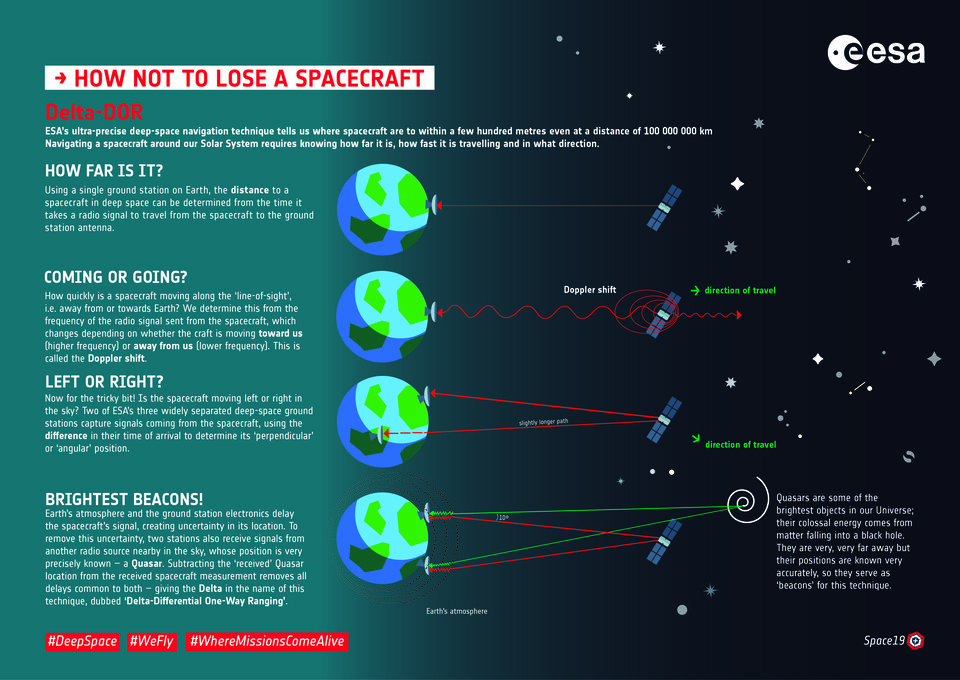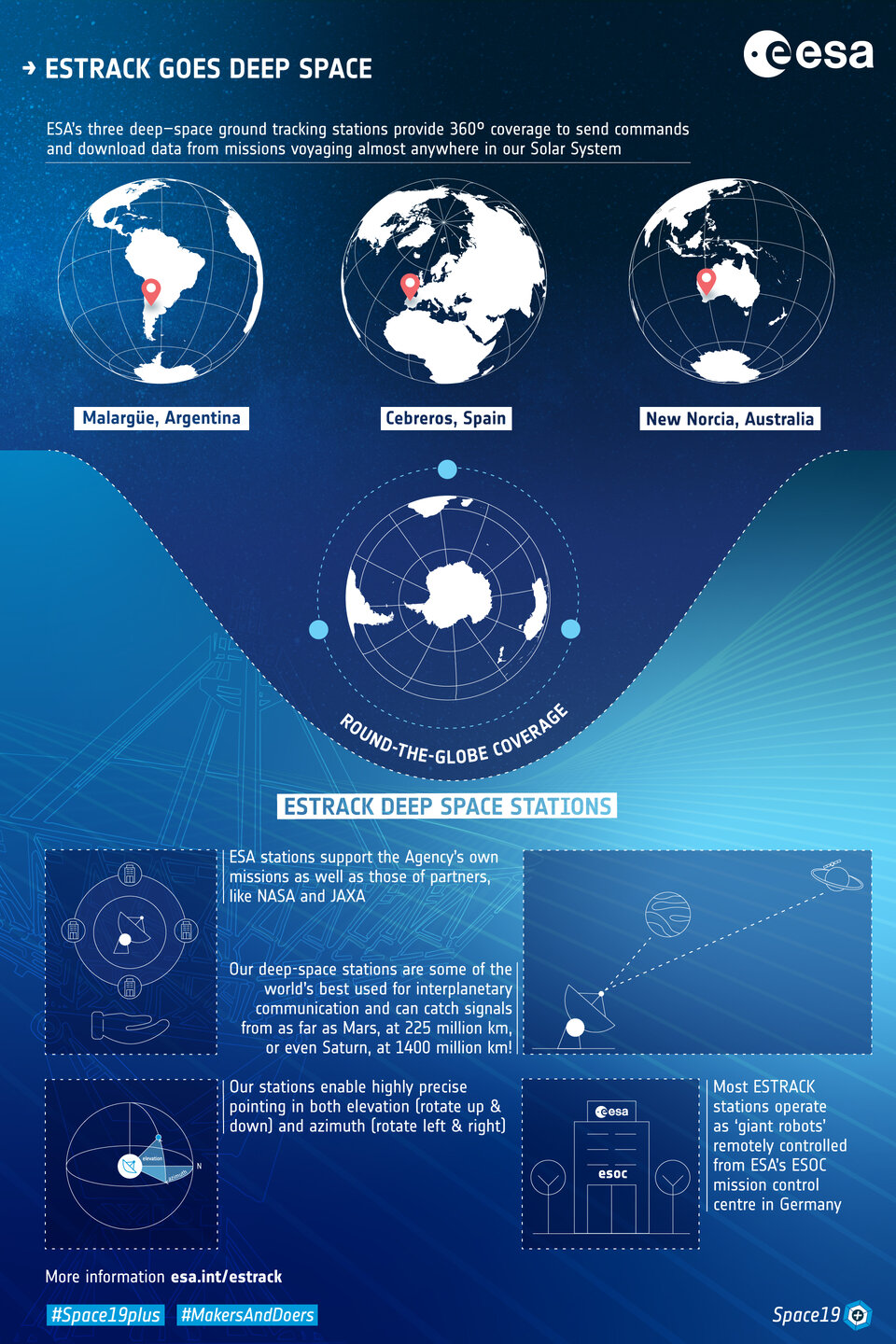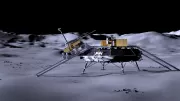As part of an effort coordinated by the European Space Agency (ESA), Safran has released the first ultra-precise active hydrogen maser technology, entirely developed and designed in Europe.
This core sovereign capability has recently been deployed at one of ESA’s deep-space ground stations and is being tested under real, operational conditions.
Precise clocks are critical to ensure the reliable and sustainable functioning of the ground-based infrastructure that supports European space activities, most visibly ESA’s deep space antennas as well as critical timing and navigation facilities. Yet, these systems rely heavily on non-European technology.
In order to secure an independent European supply chain, the European Space Agency is driving the development of an ultra-precise atomic clock technology for the ground segment – an active hydrogen maser – entirely developed, designed and built in Europe.

Earlier this year, the project’s prime contractor, Safran Timing Technologies, released the first version of an All-European Maser. This first step helps to address immediate customer needs while paving the way for the final, fully state-of-the art European ground active hydrogen maser.
In August 2025, ESA deployed the All-European-Maser at one of its deep space ground stations, located in New Norcia, Australia. This critical phase will put the clock in operational conditions and demonstrate its reliability supporting all ESA deep-space missions.
“Developing a sovereign European active hydrogen maser system is a strategic necessity for Europe’s autonomy in high-precision positioning, navigation and timing (PNT). Only a handful of companies in the world can manufacture such ultra-stable clocks. This achievement demonstrates Europe’s capability in securing its technological independence,” says Sinda Mejri, ESA’s project manager of the All-European Maser development.

“This milestone showcases Europe’s expertise in ultra-high precision timing solutions. The All-European Maser project reinforces our commitment to delivering cutting-edge technologies with a fully European supply chain,” says Gilles Cibiel, Product Manager at Safran Timing Technologies.
Robust clocks for deep-space operations, navigation and critical infrastructure
So why are atomic clocks so essential to space activities? In the sky, satellites rely on these high-precision clocks to determine their location and ensure optimal system performance and positioning accuracy. On the ground, atomic clocks are equally essential to maintain communication with the spacecraft, by providing a reference, ‘operational time’ used across all missions.
Deep space ground stations rely on active hydrogen masers, devices which uses hydrogen atoms to tell time. These clocks use hydrogen as an atomic frequency reference and their operation resembles that of passive masers used onboard the Galileo satellites, but ten times more stable.
Their stability and long-term reliability make active hydrogen masers highly critical to perform the ultra-precise deep-space navigation techniques required to carry spacecraft around the solar system. The distance to a spacecraft can be determined from the time a signal takes to travel from the spacecraft to the ground station antenna. The more precise the time, the more precise the location.

Beyond deep-space communication, the All-European Maser marks a crucial step toward achieving autonomous, high-precision timing solutions for applications in navigation and secure networks.
The ultra-high precision clocks are also particularly crucial for radio science and fundamental physics experiments by enabling relativity tests, planetary radar, and very-long baseline interferometry (VLBI) applications.
Tested at ESOC, deployed at ESA’s ground stations

The daily operations of ESA’s global ground station network (Estrack) require a large fleet of active hydrogen masers located both at ESA’s stations and at ESA’s European Space Operations Centre (ESOC) in Germany. These clocks ensure stable reference frequency and synchronisation timing capabilities across all Estrack deep-space stations and directly support interplanetary missions requiring the highest precision – like ESA’s Hera and Juice missions.
This year, prior to its deployment, the technology was tested in a pre-operational environment at ESOC’s Ground Segment Reference Facilities to ensure compatibility with user requirements.
More recently, the clock was deployed at ESA’s New Norcia ground station, located in Western Australia. Installed in a temperature-stabilised and vibration-isolated room, it will support two 35-meter-diameter deep space antennas: the existing NNO-1 antenna and the upcoming NNO-3 antenna, which will be inaugurated on 4 October 2025.

“Now in a representative, operational environment, the maser is currently undergoing stabilisation and long-term testing. We are confident that this phase will provide a use case that will inspire other users beyond ESA to adopt this European clock,” says Sinda Mejri.
“The European maser was supported by ESA’s General Support Technology Programme (GSTP). This is yet another successful example of a technology brought to impressive levels of technology readiness and to be used for the benefit of future missions,” says Noelia Peinado of ESA’s General Support Technology Programme.
Source: ESA










Be the first to comment on "ESA deploys new fully European ground-based atomic clock"